The Real Face of China
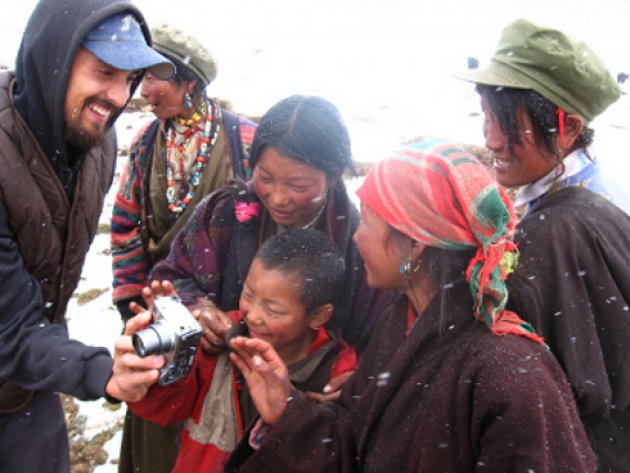
After two years teaching English in Shandong and Beijing, Tom Carter still felt like he didn’t know the “real” China, so the self-proclaimed nomad put his camera and lifesavings into a backpack and began an epic trek through the Middle Kingdom. Two years, 33 provinces, 56,000 kilometres and several run-ins with the law later, Carter had seen every corner of China and taken over 10,000 pictures of the people who make up the world’s most populous nation. His groundbreaking snapshots were compiled into CHINA: Portrait of a People. With the international release of his book this summer, the rest of the world can now tag along on Carter’s eye-opening journey through China’s biggest cities and far-flung regions and discover what China really looks like. TALK sat down with Carter to find out how he managed to finagle his way into the hearts and homes of China’s people, and take the pictures to prove it.
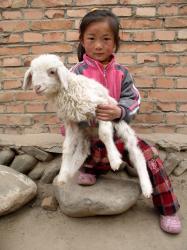 Was it your intention to create a book of China from the photographs you were taking?
Was it your intention to create a book of China from the photographs you were taking?
Nope, I was just a dusty backpacker drifting across the frontier. I took pictures for fun, for myself. I used the camera as a sort of medium to meet Chinese people. At the end of my trip I had this massive collection of portraits and everyone I showed them to said I should publish them in a book. I researched the idea and found that most photo books about China only focused on landscapes or architecture. So I got myself a publisher and the result was CHINA: Portrait of a People.
What was your goal in publishing CHINA: Portrait of a People?
I didn’t have a goal at first. The goal came organically, after the fact, which was to present China in its candor exactly as the country and its people presented itself to me. Photojournalists working with news agencies tend to have the goal of revealing the negative side of China because it gets them a byline and sells papers. Travel photographers want to show heavily Photoshopped images of the pretty sites because it gets them assignments. My book is the antithesis of both those kinds of photography. CHINA: Portrait of a People is real China, untouched by agendas or digital manipulation.
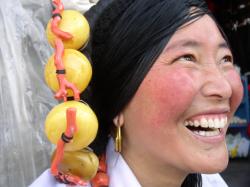 A lot of tourists to China stay in five-star hotels and eat in restaurants they find in guidebooks. Obviously, your method of travel is diametrically opposite this.
A lot of tourists to China stay in five-star hotels and eat in restaurants they find in guidebooks. Obviously, your method of travel is diametrically opposite this.
I relied on RMB 20 luguan flophouses, street food and the hard seat-class on trains. The average tourist would rather die than travel like I travelled. And certainly I almost did die several times as a result of my vagrancy. One time, in Chongqing City, I received a brutal beating by three drunk Chinese guys staying in the room next to mine. At the end of my day there was no hiding out in a five-star hotel, no warm bath waiting for me. I suffered along with the proletariat, and it really taught me something.
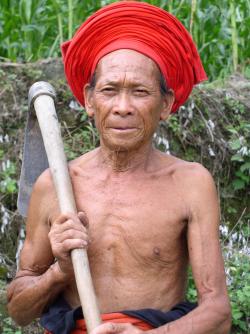 What was the significance of breaking the book up into chapters by province?
What was the significance of breaking the book up into chapters by province?
What I found after travelling across all 33 provinces and autonomous regions was that every place has its own personality, dialect and culture. Even the facial features of the people vary by province. Most Westerners don’t know that; they see the Chinese as a single homogenous race. My book dispels that myth by portraying China’s physical and cultural diversity.
What kind of camera did you use?
CHINA: Portrait of a People was shot entirely with an Olympus C4000, which is a small 4-megapixel point-and-shoot produced in 2003. I always received sideways glances and sneers from pro photogs I’d meet on the road or at events. But for me my little camera was perfect. It was non-intimidating to the people I met, and it kept me inconspicuous from the authorities. That camera eventually died on me from overuse. I have since upgraded to a professional DSLR, a Nikon D700, to remain competitive in my field.
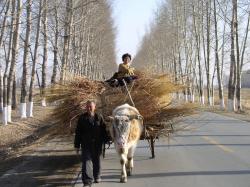 How did you break down the barrier between you and the local people to get such open photographs?
How did you break down the barrier between you and the local people to get such open photographs?
Honestly, I think it was the camera itself that helped break down those barriers. The people saw that I was genuinely interested in them, and were flattered to have their 'ordinary' lives (and I say that with utmost respect – my book is a tribute to the ordinary) immortalised on film.
Did you ever have any run-ins with the authorities while on the road?
I was nearly arrested by plainclothes police in small-town Hunan for photographing a peasant riot unless I deleted my photos, although some of those pics managed to escape and appear in the book, and I have been threatened and intimidated numerous times by other authorities simply because I had a camera in my hand.
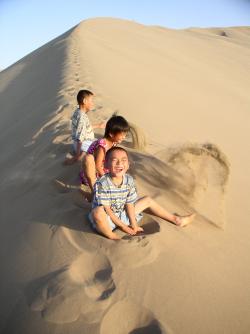 Tell us about your accidental trip to North Korea.
Tell us about your accidental trip to North Korea.
My brush with the Democratic People’s Republic of Korea occurred on Changbai Mountain, one of China’s most scenic mountains any other time of year except when I happened to arrive: in the dead of winter. Having climbed the mountain to reach Heaven Pool, I decided, with another American I had met on the way up, to take a morning stroll on the frozen lake. We had almost reached the other side when two silhouettes emerged on the blindingly white horizon. A moment later we were facing the business ends of two submachine guns held by North Korean border-patrol soldiers. Needless to say, we were no longer in China. The soldiers demanded to see our passports and motioned to us in no uncertain terms what happened to Americans trying to sneak into their country. As the soldiers discussed our fate in rapid-fire Korean, I cautiously offered them a tin of Communist-rolled Cuban cigarillos with a big smile. They replied in kind by making us run for the border – four kilometres in knee-deep snow back to the Chinese side of Changbai Mountain.
You travelled for one year solo and another year with your Chinese girlfriend. How did her presence affect the pictures you took?
The truth is having my girlfriend at my side opened up more doors than I would have ever been able to alone. She really helped me discover new places and learn more about [them]. I wrote in the acknowledgement section of my book that CHINA: Portrait of a People would only be half of what it is without her.
What one thing could you not live without while on the road?
Books. My pack was half-filled with books. It was so heavy not even the bus guy could lift it up onto the roof. When I finished those books, I would just buy whatever was on the shelves of Xinhua; I think I’ve read Tess a dozen times since living in China!
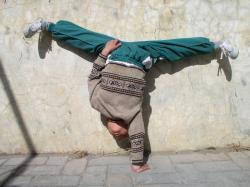 What are your plans for the future?
What are your plans for the future?
After four straight years in China I went to Tokyo for a year to teach and save money. I used that money to travel across India all last year to start my next photo book. But at present I am back in China for a much-needed break. I am staying with [my girlfriend] and her family in rural Jiangsu, so I get to learn about true village life, which is a nice change from big-city living.
Tom Carter will be speaking at M on the Bund on 8 August at 4pm. China: Portrait of a People is available for purchase online at Blue Fountain Books. Web: www.51eng.com/en

